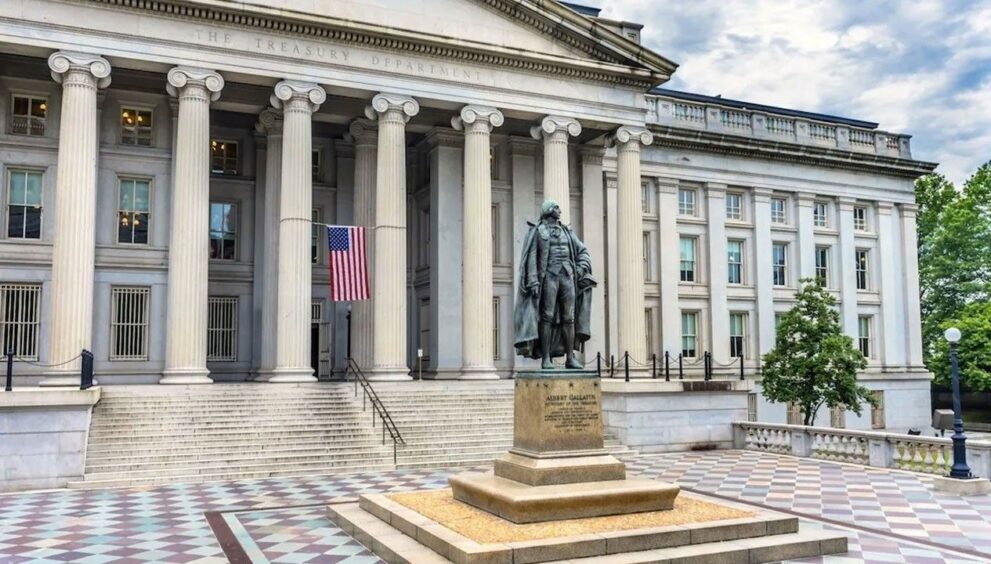Warning from the U.S. Congress on Debt Limit

The U.S. Congressional Budget Office (CBO) has reported that if action is not taken on the debt limit, the government’s ability to borrow using extraordinary measures may be exhausted in August or September. The CBO released its “Federal Debt and Legal Limit” report, reminding that the current debt limit of $36.1 trillion has been reached by the U.S. Treasury. The report indicated that if the debt limit remains unchanged, the government’s ability to borrow using extraordinary measures may be depleted in August or September. The report also noted that the exact date is uncertain, as revenue collection and expenditures in the intervening months may differ from the CBO’s projections. The report stated that if the debt limit is not increased or suspended before the extraordinary measures are exhausted, the government may be unable to meet its obligations. In such a scenario, the government may have to delay some payments, fail to meet debt obligations, or both.
WHAT DOES THE DEBT LIMIT MEAN?
In the U.S., the debt limit refers to the total amount of money the U.S. government is authorized to borrow to fulfill its current legal obligations. Until the limit set by Congress is reached, the U.S. Treasury has the authority to borrow. Once the debt limit is reached, the federal government cannot increase the amount of borrowing, only able to spend cash on hand and incoming revenue. An increase in the limit requires Congress to pass a law granting permission. Most recently, the federal government in the U.S. reached the $31.4 trillion debt limit in early 2023. After months of negotiations in the U.S. Congress, the debt limit was suspended until January 1, 2025, in June 2023. Extraordinary measures had been implemented to prevent exceeding the current $36.1 trillion debt limit reached by the U.S. Treasury.






















































































































































































































































































































































































































































































































































































































































































































































































































































































































































































































































































































































































































































































































































































































































































































































































































































































































































































































































































































































































































































































































































































































































































































































































































































































































































































































































































































































